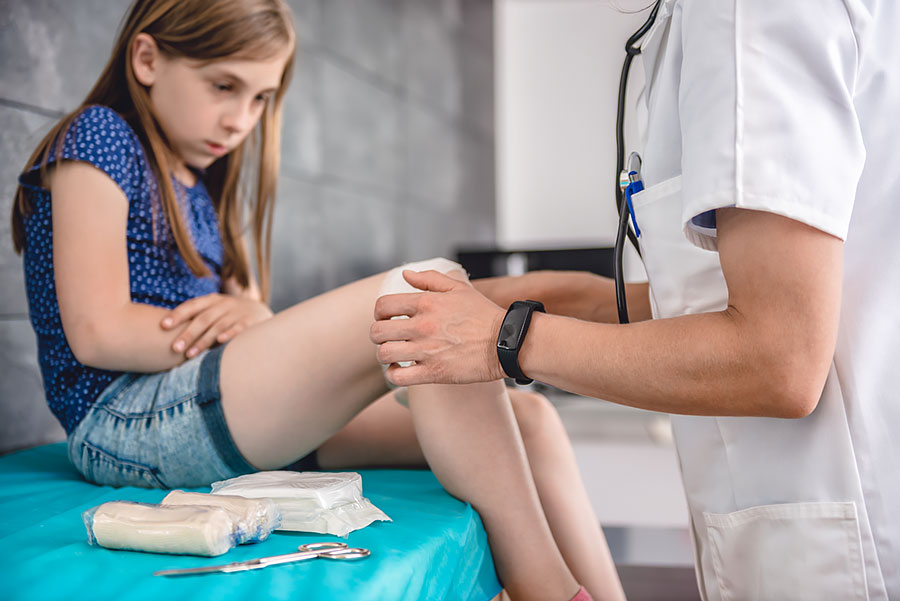“Getting stitches” can almost seem like a rite of passage for kids. Skin lacerations requiring sutures account for 8.2% of all visits to hospital emergency departments. While providers seek to reduce patient pain during repair, subcutaneous injection of anesthetic is often uncomfortable for patients, particularly children. (1)
A 2020 study included 59 children between the ages of 3 and 16 with skin lacerations. The study compared the use of lidocaine-epinephrine-tetracaine (LET) gel with EMLA plus mepivacaine infiltration. LET gel was administered to 37 children; 22 received EMLA plus mepivacaine. “Pretreatment was significantly less painful in LET versus the local anesthetics group,” the study reported. Both groups showed similar efficacy in terms of procedure time, need for secondary infiltration, and infection rate. Pain was measured using the faces pain rating scale (visual analogue scale.) (2)
Beyond use in pediatric cases, a retrospective chart review of 89 patients, with a mean age of 33, found that only 24% of patients with lacerations who received topical LET gel required additional anesthesia. Those who required the additional anesthesia were mostly patients with longer lacerations or in painful locations, such as extremities, trunk, fingers, and toes. (1)
A Cochrane review of 25 randomized controlled trials including 3,278 patients compared LET gel with infiltrated anesthetics and found that topical anesthetics provided effective control, with similar efficacy to infiltrated anesthesia, with no complications. (3)
Carie Boyd offers LET gel topical anesthetic, in 3mL unit-dose syringes, to hospital emergency departments, urgent care centers, pediatrician offices, and other qualified health care providers, with same day shipping. Visit our LET Gel page to easily set up an account to order.
(1) Otterness, K. Singer, A. Clinical and Experimental Emergency Medicine, Updates in Emergency Department Laceration Management, www.ncbi.nlm.nih.gov
(2) Konigs, I., Wenskus, J. et. al., European Journal of Pediatric Surgery, Lidocaine-Epinephrine-Tetracaine Gel is More Efficient than Eutectic Mixture of Local Anesthetics and Mepivacaine Injection for Pain Control during Skin Repair in Children: A Prospective, Propensity Score Matched Two-Center Study, https://pubmed.ncbi.nlm.nih.gov/
(3) Tayeb, B., Eidelman, A., Eidelman, C.L., et. Al., Cochrane Database System Review, Topical Anesthetics for Pain Control During Repair of Dermal Laceration, Topical anesthetics for pain control during repair of dermal laceration PMC (nih.gov)

